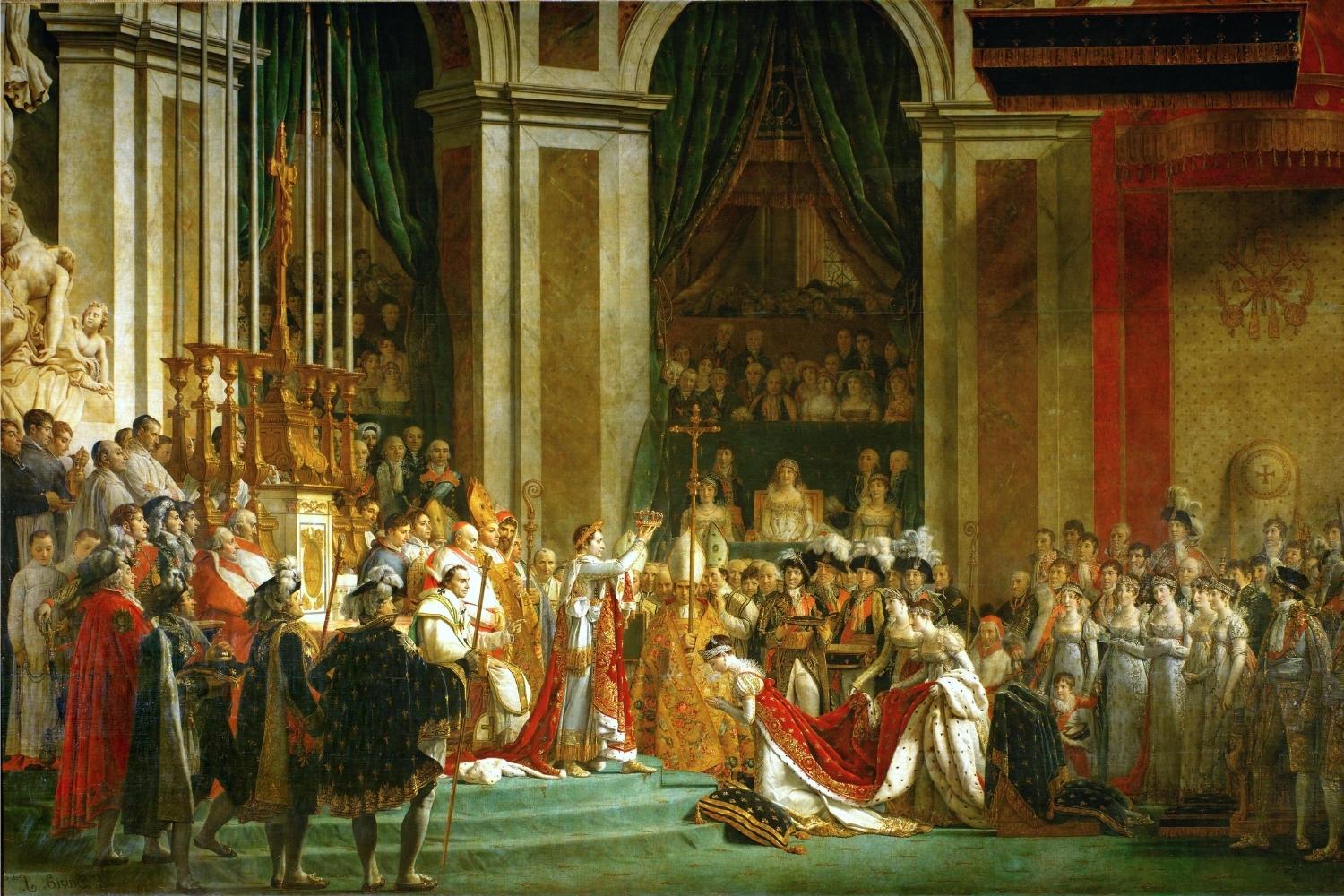
The Muslim conquest of Persia was a pivotal event that reshaped the Middle East. Did you know it began in 633 AD and lasted until 654 AD? This period saw the fall of the Sassanian Empire, one of the most powerful empires of its time. The conquest not only changed political boundaries but also had a profound impact on culture, religion, and society. Why did the Muslim forces succeed where others had failed? What were the key battles and strategies? In this post, we'll uncover 28 fascinating facts about this historic conquest, shedding light on its significance and lasting legacy. Buckle up for a journey through time, exploring the events that forever altered the course of Persian history.
The Beginning of the Conquest
The Muslim conquest of Persia, also known as the Arab conquest of Iran, was a pivotal event in history. It marked the end of the Sassanian Empire and the rise of Islamic influence in the region.
- The conquest began in 633 AD during the reign of Caliph Abu Bakr.
- It was part of the larger Muslim expansion following the death of Prophet Muhammad.
- The first major battle was the Battle of Chains, where the Muslim forces faced the Sassanian army.
Key Battles and Strategies
Several significant battles and military strategies played crucial roles in the conquest. These battles showcased the tactical prowess of the Muslim commanders.
- The Battle of Qadisiyyah in 636 AD was a decisive victory for the Muslims.
- The Muslim army used psychological warfare, including spreading rumors to demoralize the enemy.
- The Battle of Nahavand in 642 AD is often referred to as the "Victory of Victories" for the Muslims.
Important Figures
Key figures from both sides influenced the course of the conquest. Their leadership and decisions had lasting impacts.
- Khalid ibn al-Walid, known as the "Sword of Allah," was a prominent Muslim commander.
- Yazdegerd III was the last ruler of the Sassanian Empire.
- Sa'd ibn Abi Waqqas led the Muslim forces at the Battle of Qadisiyyah.
Cultural and Religious Impact
The conquest had profound cultural and religious implications for Persia. It led to significant changes in the region's demographics and religious practices.
- Zoroastrianism, the dominant religion of Persia, saw a decline after the conquest.
- Many Persians converted to Islam, while others retained their Zoroastrian faith.
- The Arabic language and Islamic culture began to influence Persian society.
Economic and Social Changes
The conquest brought about economic and social transformations. These changes affected various aspects of daily life in Persia.
- The introduction of Islamic taxation systems, such as the jizya (tax on non-Muslims).
- Persian cities like Ctesiphon were integrated into the Islamic Caliphate's trade networks.
- The social hierarchy shifted, with new opportunities for Muslims and converts.
Resistance and Rebellions
Despite the swift conquest, there were instances of resistance and rebellion. These efforts highlighted the resilience of the Persian people.
- The Persian general Rostam Farrokhzad led a strong resistance at the Battle of Qadisiyyah.
- Several local Persian leaders organized rebellions against the new rulers.
- The city of Istakhr became a center of resistance before its eventual fall.
Legacy of the Conquest
The legacy of the Muslim conquest of Persia is still evident today. It shaped the region's history and left a lasting impact on its culture and identity.
- The blending of Persian and Islamic cultures led to the development of unique art and architecture.
- Persian scholars made significant contributions to Islamic science, literature, and philosophy.
- The Persian language, Farsi, adopted many Arabic words and phrases.
The Role of Religion
Religion played a central role in the conquest and its aftermath. The spread of Islam influenced various aspects of Persian life.
- The construction of mosques and madrasas (Islamic schools) became widespread.
- Islamic law, or Sharia, was implemented in the newly conquered territories.
- Religious scholars, or ulama, gained prominence in Persian society.
The Decline of the Sassanian Empire
The fall of the Sassanian Empire was a significant consequence of the conquest. Understanding the reasons behind its decline provides insight into the conquest's success.
- Internal strife and political instability weakened the Sassanian Empire.
- Economic difficulties and heavy taxation burdened the Persian population.
- The Sassanian military was stretched thin due to ongoing conflicts with the Byzantine Empire.
The Aftermath
The period following the conquest saw the consolidation of Muslim rule in Persia. This era laid the foundation for future developments in the region.
- The Umayyad and Abbasid Caliphates continued to govern Persia, integrating it into the broader Islamic world.
The Legacy of the Muslim Conquest of Persia
The Muslim conquest of Persia reshaped the region's history. It led to the fall of the Sassanian Empire and the spread of Islam throughout Persia. This conquest didn't just change political boundaries; it also influenced culture, language, and religion. Persian culture blended with Islamic traditions, creating a rich tapestry that still impacts the world today. The introduction of Arabic as a scholarly language and the spread of Islamic architecture are just a few examples of this lasting influence. Understanding these events helps us appreciate the complex history that shaped modern Iran and the broader Middle East. The conquest's legacy is a testament to how historical events can have far-reaching effects, influencing societies for centuries.
Was this page helpful?
Our commitment to delivering trustworthy and engaging content is at the heart of what we do. Each fact on our site is contributed by real users like you, bringing a wealth of diverse insights and information. To ensure the highest standards of accuracy and reliability, our dedicated editors meticulously review each submission. This process guarantees that the facts we share are not only fascinating but also credible. Trust in our commitment to quality and authenticity as you explore and learn with us.
